Przez Chris Grinter, on April 19th, 2011
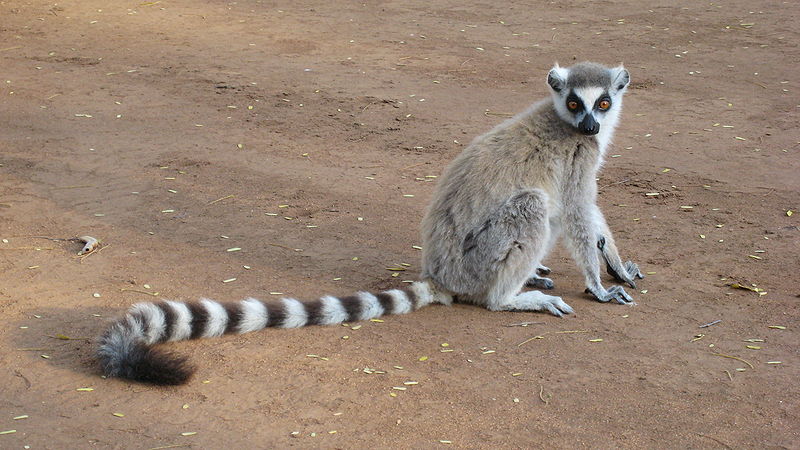 Source: Wikipedia It turns out that Richard Branson has a new idea; to save the ring-tailed lemur (Lemur catta) by importing them to his private British Virgin Island. As the article points out Branson spent millions of pounds and years of effort to turn the island into “the most ecologically friendly island in the world”. But it appears Mr Branson has decided to forgo conservation science and rewrite it in a more PR friendly way. In come the lemurs despite the cautions of his own ecological assessment because he wants “…to create a second island habitat and the conditions on Moskito are perfect.” Perhaps Branson has a bizarro world dictionary where the definition of the word perfect is “something completely dissimilar from the original”.
OK sure, at first the idea sounds like a fine one – the lemurs are endangered, why not try to give them a second wild refuge? Dobrze, Dr James Lazell of the Conservation Agency has had 31 years experience in the Virgin Islands and has pointed out that “Lemurs are agile, dexterous, aggressive, omnivorous animals that could have a detrimental effect on these simple island ecologies. They eat absolutely everything – lizards, fruit, roots, owady, birds’ eggs.” Oh but don’t worry, nothing bad can happen when you introduce primates to an island (introduced primates devastate Florida Key). Branson knows that the lemurs will only “take the odd gecko” (like the rare endemic dwarf-gecko Sphaerodactylus parthenopion), not to mention they probably won’t spread to other islands since they “hate swimming” (ring tailed lemur swimming).
So why then the ring-tailed? Not because it is the most endangered (są lots of other more endangered lemurs), but because it is the most iconic. That is what really drives me up the wall about this ridiculous idea. Not only is he naively introducing a possibly invasive species into a sensitive island habitat – but because he is spreading a false message of conservation. Like a slow child Branson has rushed to the ring-tailed to save it while completely missing the entire idea behind conservation. The ring-tailed is a flagship species, one that draws attention to the devastation that is occurring in Madagascar. One cute cuddly animal to represent the staggeringly unique and diverse habitats of its homeland. But not if Richard Branson has anything to say about it. Why bother protect Madagascar when you can swoop in and create a new home for a primate everyone loves? Uff, crisis averted. Richard fiddles while Madagascar burns.
I suspect this freakish island zoo is simply masquerading as conservation and the real incentive behind it is commercial. Over the next few years there will be a handful of “luxury, carbon-neutral homes built on the island”. A pretty brilliant scheme to incentivize the purchase of homes that undoubtedly will cost tens of millions of dollars each – and you can pretend to feel good about protecting the world while you do it. After all the Virgin Islands lack any charismatic wildlife; nature sure does a terrible job of creating a billionaires wonderland. What comes next to the island?
Być może… just maybe… Branson has Dr. Moreau moving in first.
Przez Chris Grinter, on April 18th, 2011 A few weeks ago I was invited to join a Berkeley entomology class out in the field for the weekend. Our destination was the Blue Oak Ranch Reserve; one of the newest reserves to the University of California system located just outside of San Jose on Mount Hamilton (map below). It was a joint spider and beetle class trip, hosted by Charles Griswold i Dave Kavanaugh respectively. And despite a frost on Saturday night we managed to find some interesting insects. You’ve already seen my images of the Scaphinotus (Carabidae), but here is a larger set of images from both myself and colleague and fellow blogger Tamas Szuts.
 Staphylinidae: Aleocharinae? 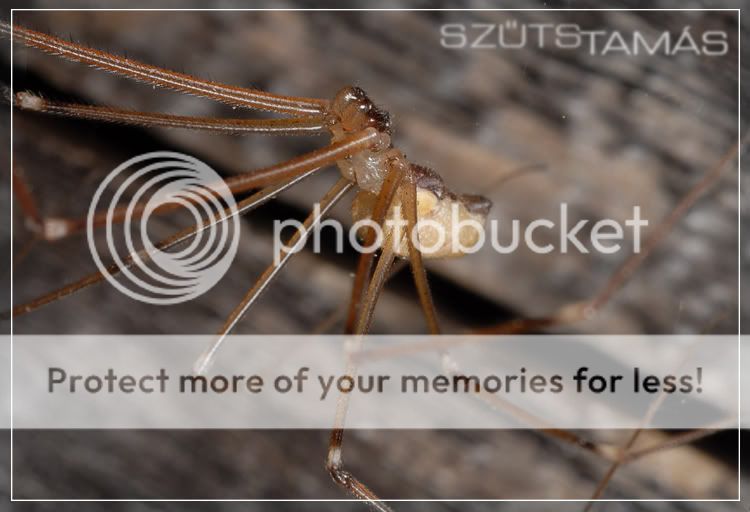 Pholcidae : likely Pholcus sp. 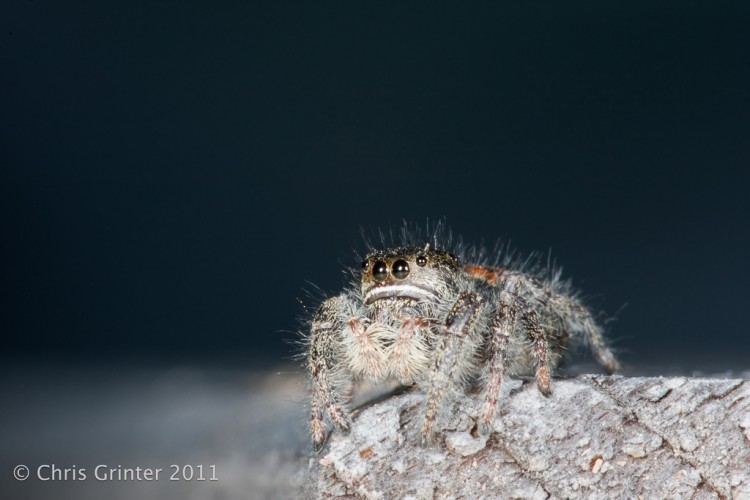 Salticidae: Phidippus sp. Continue reading Blue Oak Ranch Reserve
Przez Chris Grinter, 6 kwietnia, 2011 Dobrze – kilka przeprosiny za nie mając jeszcze pełnych obrazów * * larw w pytaniu (Będę za kilka dni!). Przez weekend byłem z grupą Berkeley studentów na Mount Hamilton i doktorant Meghan Culpeppera zebrano kilka gatunków Scaphinotus i niektóre larwy! So the specimen from Monday was indeed the larvae of a Scaphinotus beetle feasting inside the shell of a native terrestrial snail. This challenge was a hard one since these predatory Scaphinotus larvae are rarely encountered and there are zero images of out there – and none of them feeding. Better luck next time!
For now, here is an undetermined Scaphinotus species. In the coming weeks I will have 4-5 species photographed and identified (by Meghan) – and the larvae will have to be sequenced for species ID. Stay tuned.
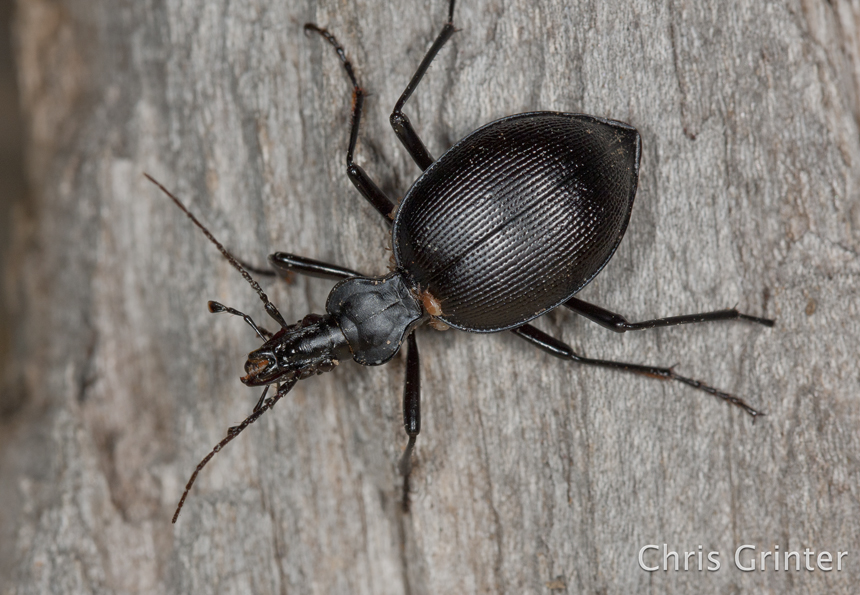
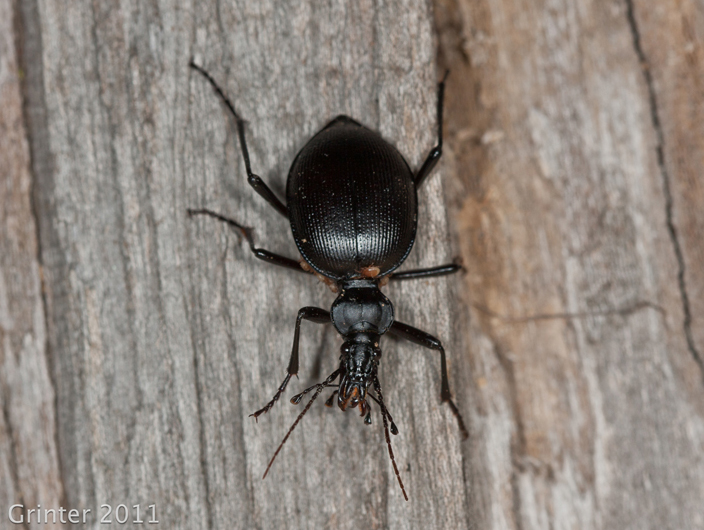
Przez Chris Grinter, 4 kwietnia, 2011 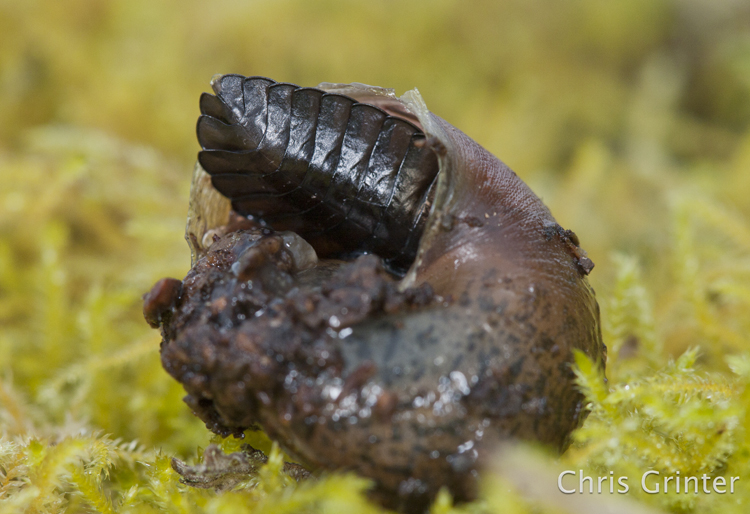
Natknąłem się na to facet, gdy w polu drugi dzień, co tu się dzieje? Punkty przyznawane za zamówienia / rodziny / Genus – ale nawet eksperci w tej grupie nie może dowiedzieć się, dość jeszcze gatunki.
(wszyscy w polu ze mną powinien posiadać swoje uwagi, aż przyszedł w domysły!)
Przez Chris Grinter, 30 marca, 2011 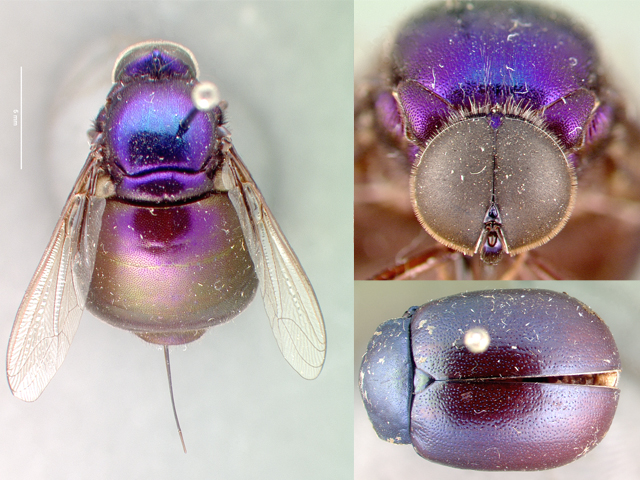 Szkło brzęczy: Zdjęcia: April Nobile, CAS Szkło brzęczy: Zdjęcia: April Nobile, CAS
W większości muchy nie są owadami, którymi się zbytnio ekscytuję. Jednak, wyjątek stanowi enigmatyczna rodzina Acroceridae. Od czasu do czasu zacznę dzielić się ciekawymi rodzajami – morfologia rodziny jest zadziwiająco zróżnicowana. Większość moich dni spędza w muzeum inwentaryzacji nasz ogromny zbiór ponad 16,000 Akorcerydy (aka małe muchy na czele). To może nie brzmi zbyt imponująco, jeśli porównać go do innych, bardziej obfitych rodzin (i robi blado w porównaniu do przejęcia 17,500,000 inny okazów mamy w muzeum); ale okazuje się, do reprezentowania wielu, jeżeli nie większość, z wszystko znane okazy dla całej rodziny. Chociaż istnieje duże prawdopodobieństwo zespoły tych linii w innych instytucjach, California Academy of Sciences łatwo twierdzą rekord odkąd otrzymania kolekcję Dr. Evert I. Snaking (którzy od czasu do czasu przychodzi do pracy z muzeum).
Acrocerids okazać się dość trudną grupę do badania, ponieważ, jak rzadko są one w przyrodzie, ich parazytoida biologia, i jak trudne może być złapanie ich na skrzydle. Ich duża klatka piersiowa jest wypełniona mięśniami, które wystrzeliwują muchę w powietrze – więc jeśli nie złapiesz ich na kwiatku, pozostaniesz z tęsknotą za pułapką na złe samopoczucie. Ev opowiedział mi jedną historię, jak uczył się łapać je ze skrzydła w Kostaryce. Stoisz po zawietrznej stronie kolegi w terenie – jak tylko ktoś usłyszy coś przelatującego, huśtasz się dziko, mając nadzieję, że przypadkiem złapiesz muchę… to działa raz na jakiś czas. Te muchy są również jedynymi znanymi endopasożytami dorosłych pająków (może istnieć zapis o Tachinid…). Powyższy rodzaj, NeoLasia, jest pasożytem ptaszników Theraphosid (coś jak Aphonopelma). Jako larwa mucha wspina się po odnóżach pająka i zakopuje się w brzuchu, gdzie następnie osiada obok płuca książki i robi mały otwór do oddychania. Potem cierpliwie czeka, aż pająk osiągnie dojrzałość. Z żeńskimi ptasznikami, mucha może być uśpiona przez dziesięciolecia. W końcu dzieje się coś podobnego do filmu Obcy i larwy żywią się narządami wewnętrznymi pająka, a następnie wyłaniają się, by się przepoczwarzać. Ale ustalenie, czy pająk ma pasożyta, jest niemożliwe bez sekcji – dlatego aby uzyskać dane dotyczące żywicieli, należy utrzymywać duże kolekcje żywych pająków. Biologia parazytoidów jest po prostu fajna.
Powyższy egzemplarz (Szkło brzęczy nowy, anonimowy, gatunek) zebrano w 1977 przez Schlingera w pobliżu miasta Alamos, Meksyk – na kwiatach z prawdopodobnym modelem naśladującym, chrząszcz Chrysomelidae (chrząszcze ludzie, jakieś pomysły poza rodziną?).
Przez Chris Grinter, on March 24th, 2011 Better be careful of what you do while out in the countryside. Farms can be dangerous places, especially if you’re a photographer. Proposed legislation in Florida, titled simply “farms”, is attempting to make photography or drawings in, on or z a farm without explicit written consent a first degree FELONY (up to 30 years in prison). What could possibly be the justification for this legislation? Journalist Barry Doyle suggests the good Senator is tightly in the pockets of Agribusiness – looking out for those poor farmers who are targeted by animal rights groups or even worse – human rights groups! I tend to concur, this legislation is a disgusting piece of corruption. It gets pretty bad:
(2) A person who photographs, video records, or otherwise produces images or pictorial records, digital or otherwise, at or of a farm or other property where legitimate agriculture operations are being conducted without the written consent of the owner, or an authorized representative of the owner, commits a felony of the first degree…
I strongly encourage any of my Florida readers to write to Senator Norman and express your absolute disgust in his legislation.
14031 N. Dale Mabry Blvd.
Tampa, FL 33618
(813) 265-6260
Senate VOIP: 41200
I also encourage everyone else everywhere else to write to your US representative and exclaim your outrage over this possible violation of first amendment rights (only a proposed violation at this moment).
And just for good measure, here is a bad cellphone picture I took while in Oregon with lots of farms.
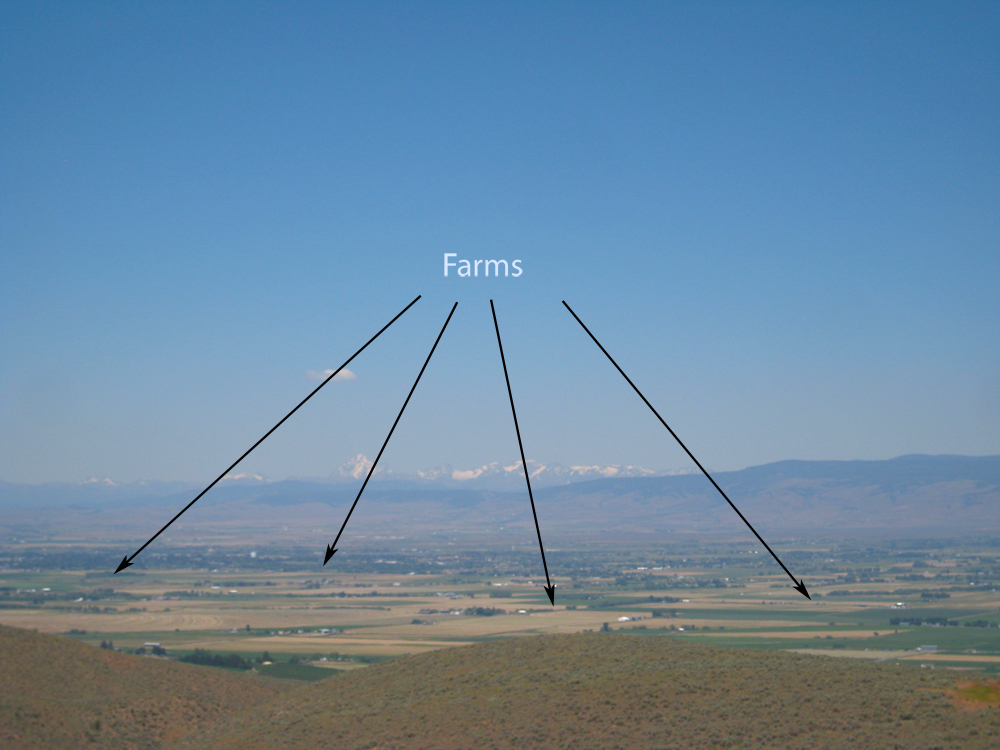
Przez Chris Grinter, on March 22nd, 2011 Usually I come across horrible entomology articles regularly enough that I save a backlog for future series. This hasn’t been the case over the last few weeks, I haven’t come across the normal array of terrible media crud. Maybe I just get jaded and stop looking as carefully – but this week I even came across a moth related correction from the Maui News. They fixed their error, but must have deleted the original article…
And for this week I found ten artykuł with the image below. Should be pretty easy to spot the weirdness (they do at least manage to point out that the moth is nie the LBAM (light brown apple moth)).
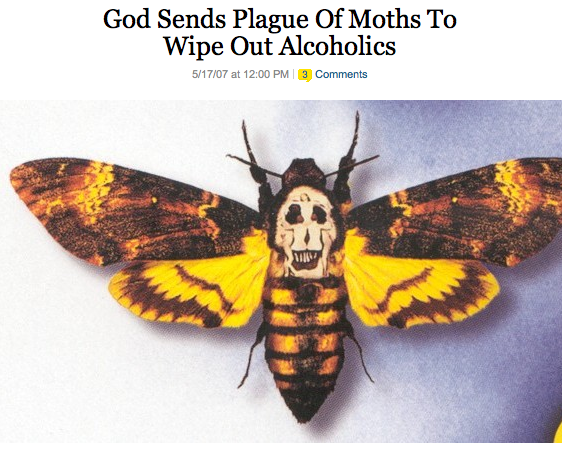
Przez Chris Grinter, 18 marca, 2011 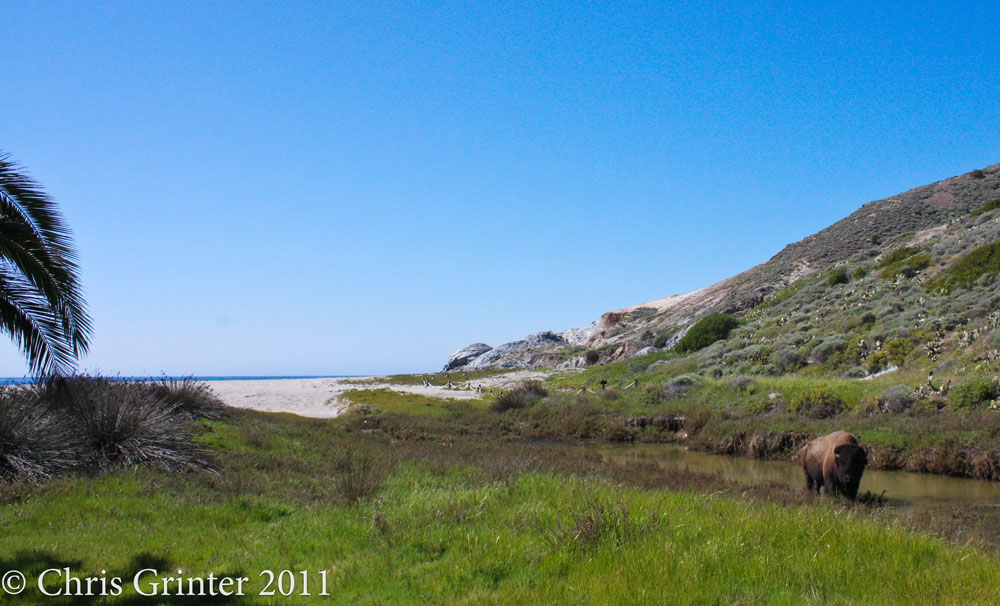
Być może jedynym miejscem na świecie, gdzie można znaleźć amerykańskie bizony (vs. bawół) stojących w pobliżu plaży obok palmy. Tydzień na Santa Catalina był wspaniałym jeden, i mimo chłodnej wiosny z kilku przymrozków poza sezonem, kilka przyzwoitych zbieranie zostało zrobione. Oto kilka zabawnych obrazów, a od razu zauważysz jedną rzecz: żadnych pól polnych kwiatów! Jak się okazuje, prawie wiek kozy, wypas świń i żubrów pozostawił na wyspie głównie trawę i kaktusy. W pewnym momencie było ponad 1000 żubry i niezliczone stada kóz; to cud, że w ogóle coś przetrwało! Dzisiaj, na szczęście zostało tylko skromne ~200 żubrów, które są nawet objęte kontrolą urodzeń (zgadłeś, nie możesz strzelać do tych cholernych rzeczy, ponieważ ludzie “kocham” ich – tak jak głupi eukaliptus, którego nie można ściąć). W 1924 przywieziono małe stado bizonów, aby nakręcić film Znikający Amerykanin. Naturalnie, projekt przekroczył budżet, scena została wycięta, a zwierzęta zostały wypuszczone, zamiast płacić za powrót do domu. 80 lata później zostajesz z wyspą, o którą możesz tylko walczyć “chronić” i nie przywracać. Smutnym faktem jest to, że nie mamy pojęcia, jak właściwie wyglądała wyspa. Postawiono nawet hipotezę, że endemiczny lis wyspiarski (z czego widzieliśmy 6!) została sprowadzona przez rdzennych mieszkańców kilka tysięcy lat temu z sąsiednich wysp. Myślę, że w naszej naturze leży bałagan w naszym środowisku.
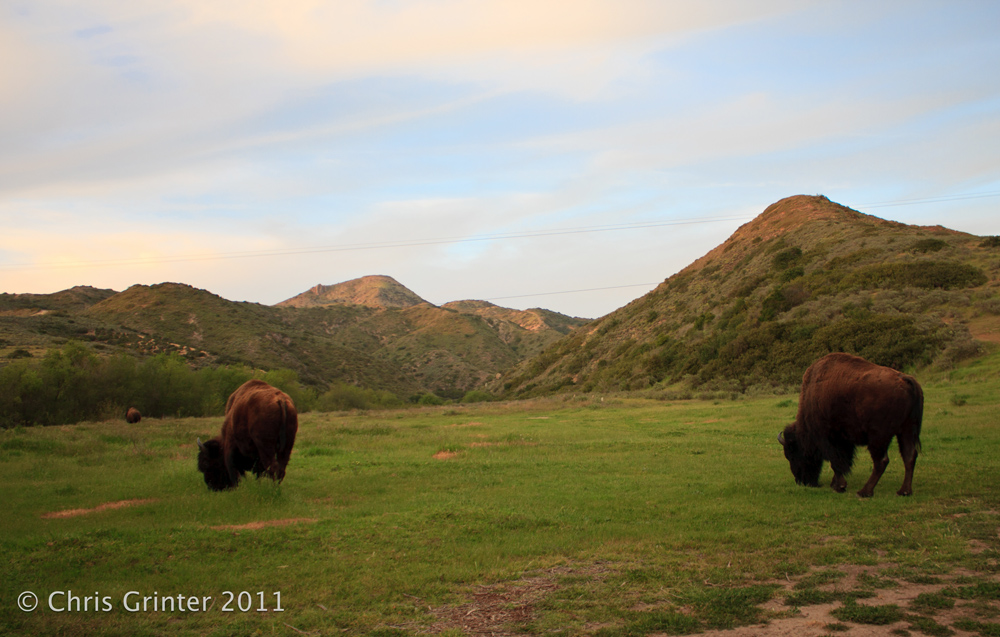
Jak fotografowałem powyższe, ta bestia podeszła za mną. To nie było uruchomione, byłem!
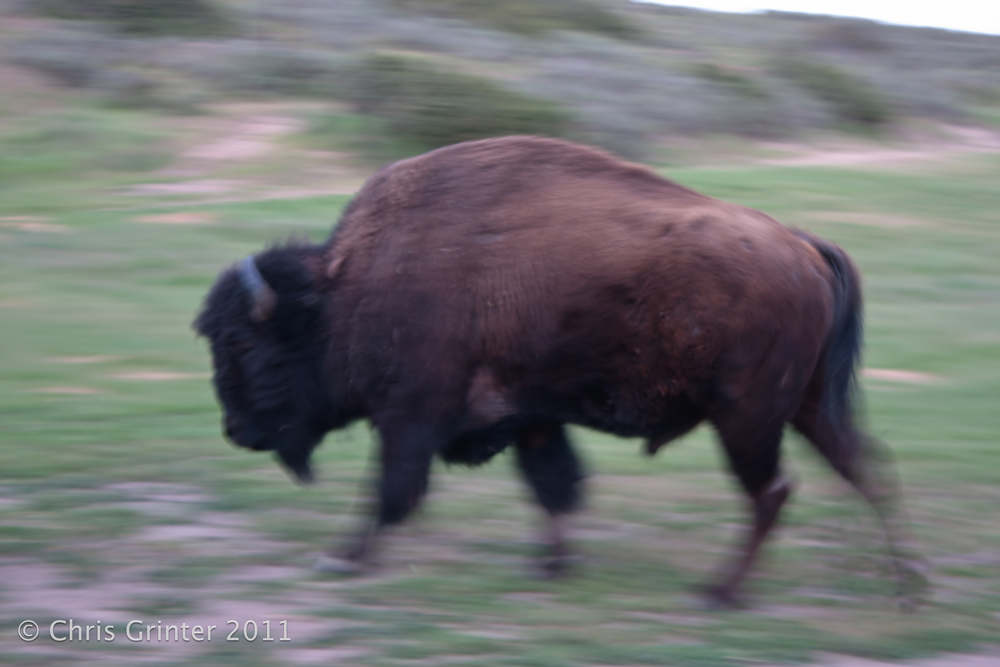
Przez Chris Grinter, 8 marca, 2011 [cetsEmbedGmap src=http://maps.google.com/maps?ll=33.393039,-118.416824&spn=0.359452,0.715485&t=h&z=11 width=600 height=330 marginwidth=0 marginheight=0 frameborder=0 scrolling=auto]
Tomorrow morning I’m off for a 10 day collecting trip down to Wyspa Catalina. I’ve been lucky enough to be invited to join Dr. Jerry Powell of UC Berkeley on a moth survey, and this will be my first time to any of the islands. The Channel Islands are known for their high levels of endemism, and none is more famous than the Channel Island Fox. There are also a handful of endemic butterflies and moths that I’ll be hoping to find, but at the very least I know it’s wildflower season and I’ve got my camera primed.
I will likely have little or no access to the internet while staying on the island, so hang tight for a week. Had I planned ahead I would have scheduled posts or a guest author! Please do stay tuned for some of my first images of the 2011 field season.
Przez Chris Grinter, 3 marca, 2011 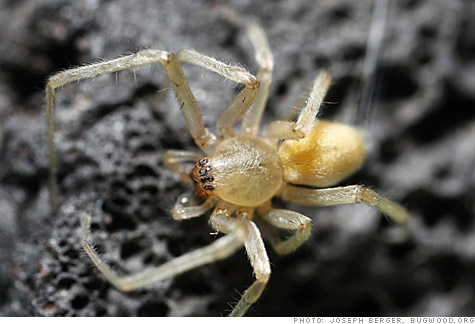
Najwidoczniej something in the Mazda 6 fuel line is warm and inviting for the yellow sac spider, enough so that they are building webs over the vent systems of the 4 cylinder vehicles (and not the 6!). The problem has been deemed a “spider infestation” by the car company, and the clogged vent lines then can lead to a cracked gas tank and the possibility of a fire.
“A certain type of spider may weave a web in the evaporative canister vent line and this may cause a restriction of the line”
So far only 20 cases are confirmed, but this problem is prolific enough that it has lead to a recall of over 52,000 sedans! I think it’s high time the major car companies hire entomology consultants – after all, my retainer would be a lot less than the cost of that recall…
I consulted with our resident team of arachnologists here at the CAS, and the above image does appear to be a sac spider. It’s too hard to tell from the image, but it’s probably not an egregious taxonomic failure.
|
Sceptycyzm
|














